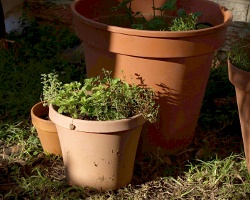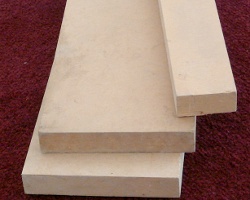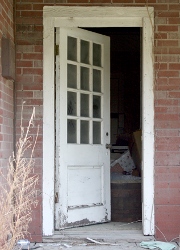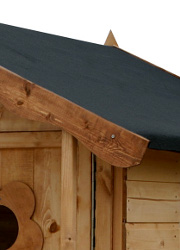What can I reuse or recycle to make a vertical garden/living wall?
 Readers of my simple/DIY living blog The Really Good Life will already know that I’m trying to make more efficient use of the space in my garden this year – I’ve been making lots of planters and raised beds from scrap wood (including this weekend, a 3ftx3ft bed for square foot gardening from our old bathroom cupboard doors) and I’m also interested in vertical gardening – creating a living wall of salad, herbs and companion plants.
Readers of my simple/DIY living blog The Really Good Life will already know that I’m trying to make more efficient use of the space in my garden this year – I’ve been making lots of planters and raised beds from scrap wood (including this weekend, a 3ftx3ft bed for square foot gardening from our old bathroom cupboard doors) and I’m also interested in vertical gardening – creating a living wall of salad, herbs and companion plants.
I’ve explored the various different types of wall planters/hangers that you can buy – from essentially shelves, to window boxes, fabric bags and complicated systems – but me being me, I would prefer to make them myself, ideally reusing and recycling stuff I already have stashed around the place.
Some lovely people have already made some suggestions – I’m going to try making upside down planters from squash bottles and a fancy living wall type system from an old pallet when I find a suitable one – but I thought I’d ask on here as well in case anyone else has any suggestions.
I realise we’ve already covered similar areas like this before but I think the wall-mounted aspect opens up some other options – and I’d love to hear them.
What have you used to make wall planters? Have you made a vertical garden or a living wall? Or have you made any hanging baskets from anything interesting?



 We’ve had an email from Paul:
We’ve had an email from Paul: We’ve had an email from Sandra:
We’ve had an email from Sandra: We’ve had an email from Daniel:
We’ve had an email from Daniel:














